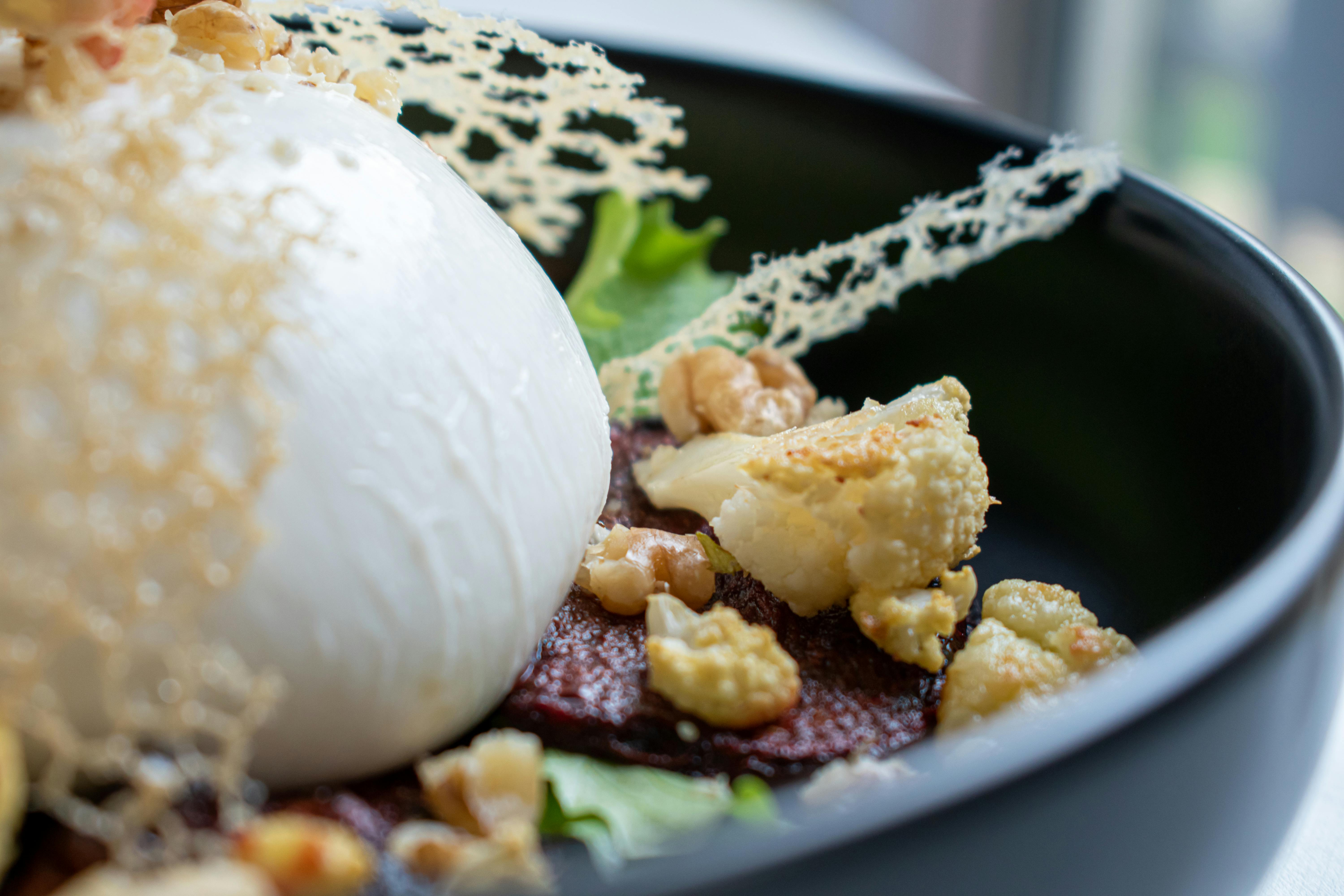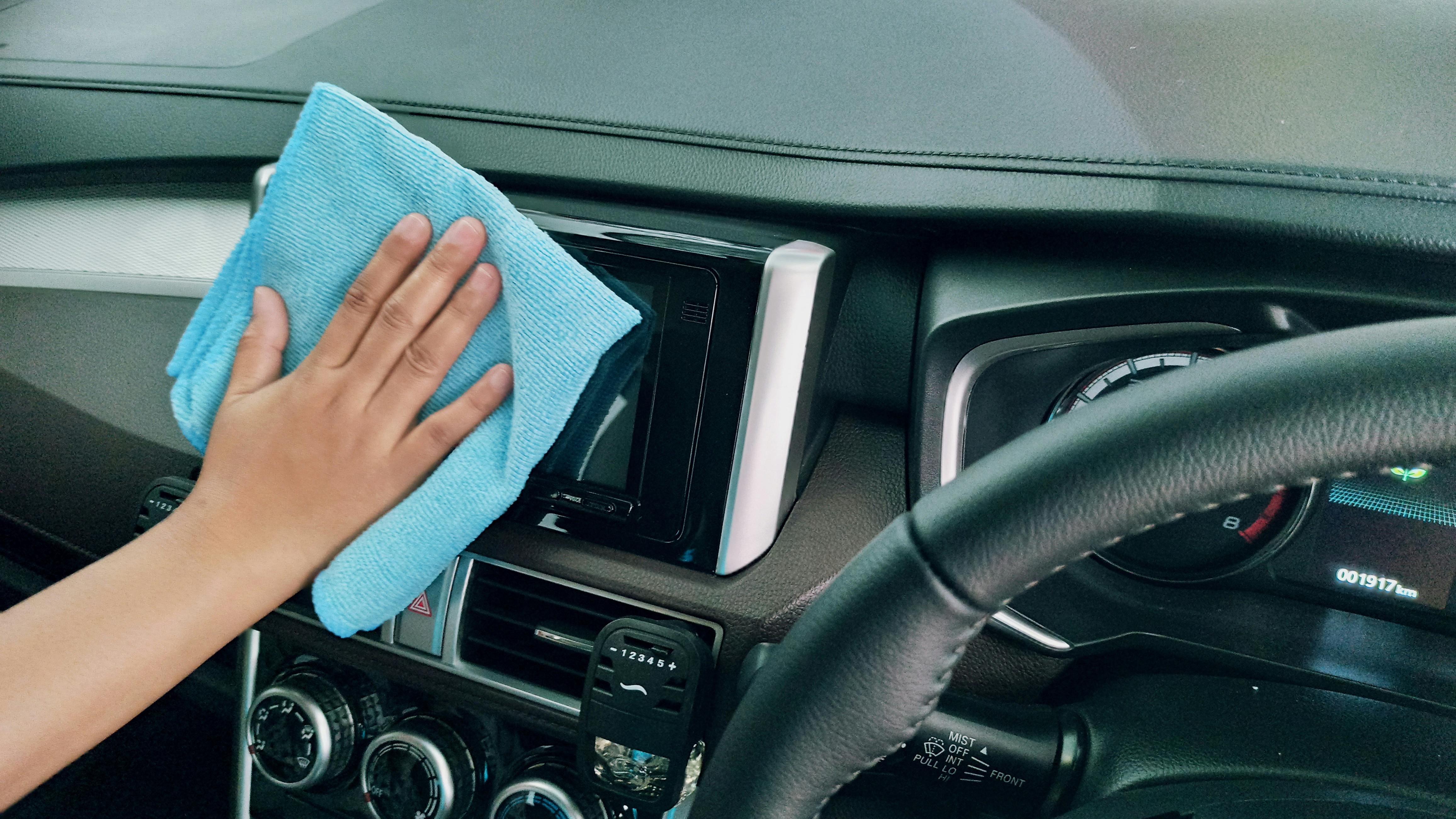
To paint or not to paint your teak bench
Don’t paint a teak bench. This is the easy way out and the almost universal answer to the question. Teak furniture is a valuable investment that looks great in the backyard, in the home, or wherever it’s needed. Durable and durable Class 1 hardwood ranges from a light straw color to deeper, richer tones. Due to its admirable characteristics, it usually costs a bit more than other types of wood, but customers know they are getting a good deal for their money. That said, why would anyone try to cover a teak bench with paint or stain? The reality is that if your furniture is scratched, old, or just plain shabby, the prospect of a fresh coat of paint can sound very appealing and sometimes be the best option. Before you break out the brush, though, make sure you know what you’re doing. A failed foray into painting will only make the wood look worse than when you started.
However, aside from simply covering up the beautiful grain and color of the wood, painting a teak bench is discouraged for a more logistical reason. The reason? Teak is notoriously difficult to paint because the wood produces natural oils that make it very difficult for paint to adhere. On the plus side, these oils help prevent wood from splitting and cracking, as well as repel fungal and insect infestations.
If you still insist on going ahead with the project, you will need to clean the surface of the wood first. A finished surface should be cleaned with mineral spirits to remove grease, wax or other dirt. If the wood is unfinished or you decide to remove the finish, you will need to clean the wood with acetone. Acetone breaks down natural oils. If you don’t, the primer won’t stick properly. Then use soft sandpaper or a scotchbrite pad to smooth the outer surface. Once the wood is clean and even, apply a coat of primer, such as Zinsser 123 for example. Allow the primer to dry completely, which usually takes about a day, before proceeding with the painting. Try to use only exterior latex paints. Sherwin-Williams and Benjamin Moore are probably the two most popular brands on the market. Using a semi-gloss or gloss paint is best to keep dirt out. Regardless of what you choose, apply an even coat to your teak bench, then allow it to set. After it has dried completely, apply a second coat of paint. The more coats you apply, the stronger the color will appear, and especially since teak is such an absorbent wood, you may want to use three coats.
Now you will be done and hopefully achieve the results you were looking for. Unfortunately, even those who are very careful can find the results of painting a teak bench disappointing. Paint, especially after a while, tends to peel or even leave marks on the wood, and complicated teak is especially notorious for this. Before attempting to paint, the best course of action is to consult a specialist at your local hardware and garden store who can recommend the product that is best suited for your specific case.
So should you paint a teak bench? The answer is still yes and no. If you do a good job with it, paint can breathe new life into old and shabby furniture. Plus, with the myriad of paint colors available, you have the advantage of being able to match the furniture with other décor. In conclusion, painting depends on what you have. New teak furniture doesn’t really benefit from being painted. You’re just hiding the natural beauty of the wood, which you probably paid more for anyway. When you buy new furniture, use a sealant once or twice a year to protect it. The natural oils in the wood will help your teak bench continue to look great on its own, with little maintenance required.








